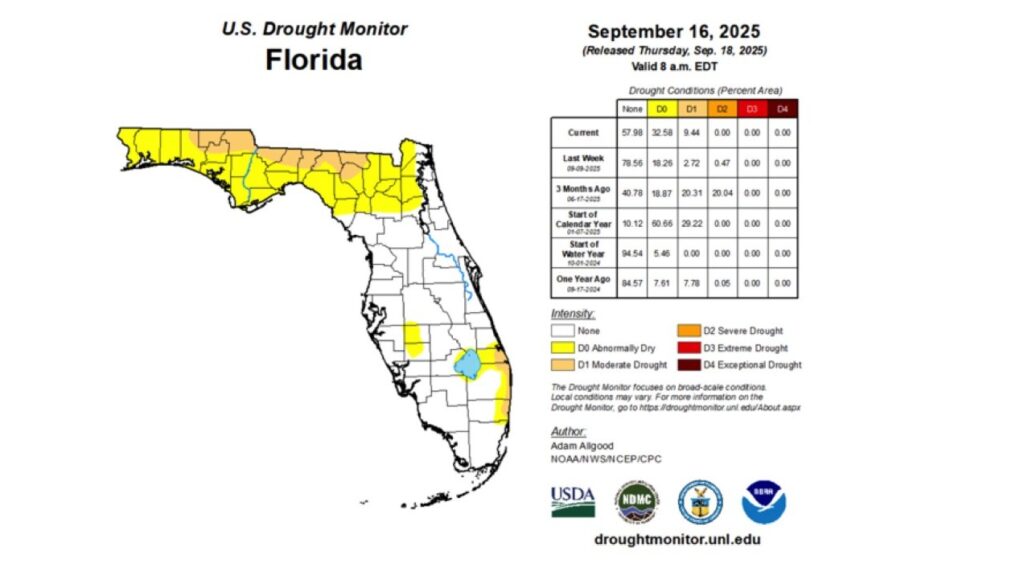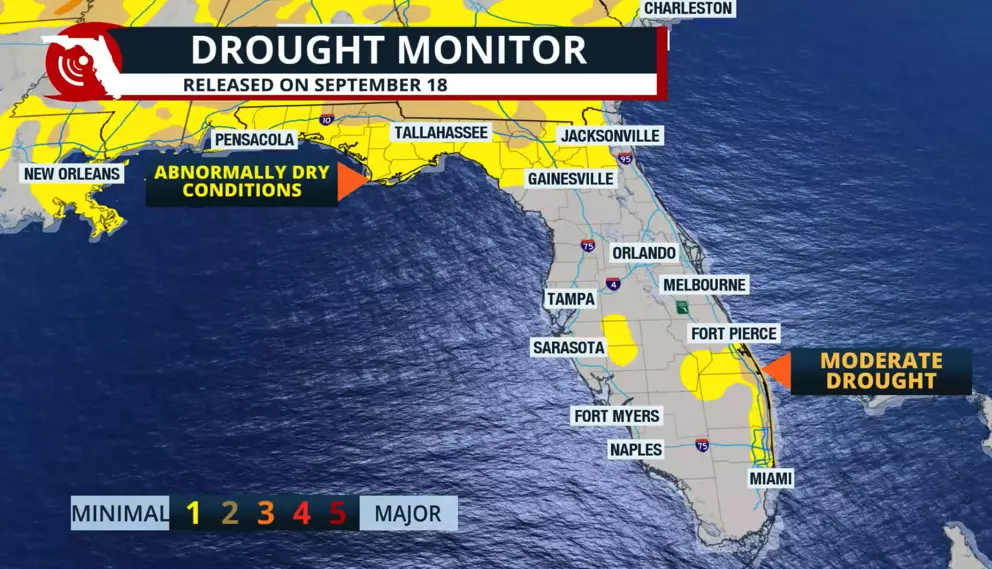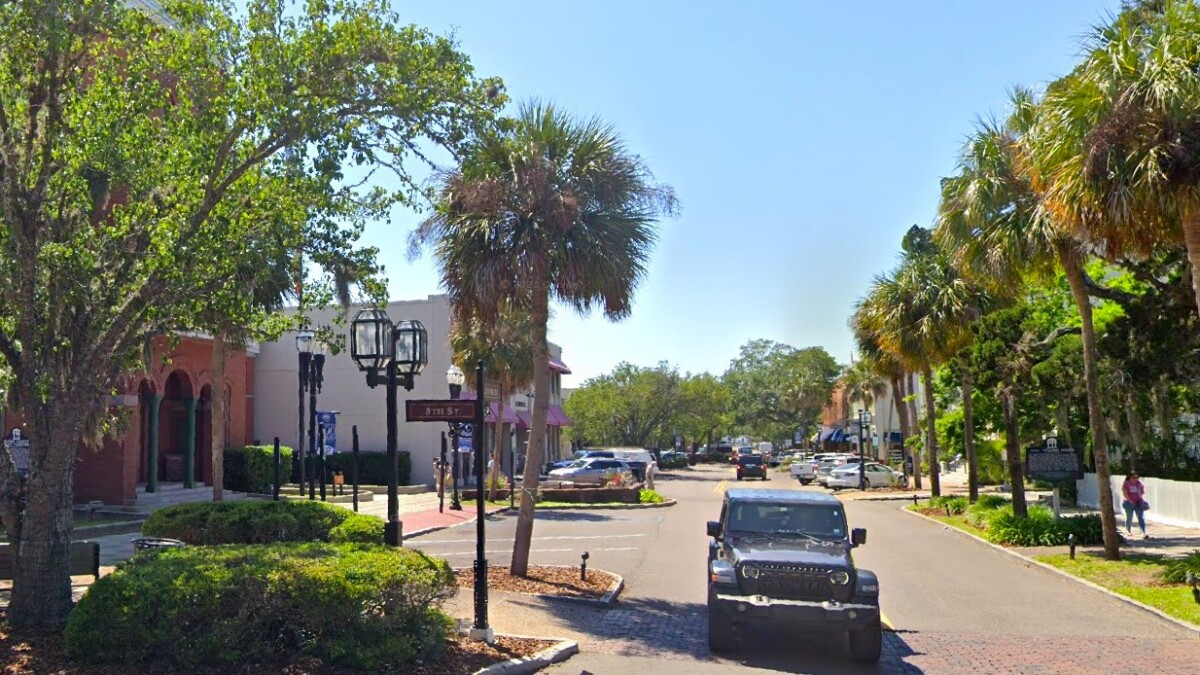Recent rains across South Florida have made a significant dent in the drought, but North Florida — include portions of Duval County — have grown drier than much of the state.
The Drought Monitor report released Sept. 4 indicated that North Florida had only a small area of abnormally dry conditions, mostly in the northern portions of Jefferson, Leon and Gadsden counties.
At the same time, southeast Florida was experiencing worse drought conditions, not only over highly populated areas, but also over a much larger area, which included Miami-Dade, Broward, and St. Lucie County.
Then drought conditions flipped (almost).
The latest drought report
The drought report released Thursday shows huge improvement across the southeast, with almost all of Miami-Dade out of the drought and only a portion of eastern Broward and Palm Beach counties with a moderate drought.
But in just two weeks, North Florida transitioned from being on a blank map with barely any drought to the entire region, including all along Interstate 10 and its surroundings under an abnormal drought.
About 32.5% of Florida is under abnormally dry conditions, with the majority of these areas located in North Florida. The next category is moderate drought conditions, affecting roughly 9.4% of the state.


For Fort Lauderdale, the year-to-date rain deficit remains, but it is not as severe as the over 13 inches below average that it was in August.
Currently, Fort Lauderdale International Airport, an official weather station in Broward County, has accumulated 32.92 inches so far this year, while the year-to-date average is 43.98 inches. It’s improving.
The National Oceanic and Atmospheric Administration‘s Climate Prediction Center shows that the next 14 days are likely to remain rainier than average across Florida.
The Sunshine State needs to emerge from the drought, as the rainy season is coming to a close for many areas.
Across South Florida, the rainy season typically ends in late October. In the Panhandle, rainfall continues into late September, marking the end of the average rainy season.






